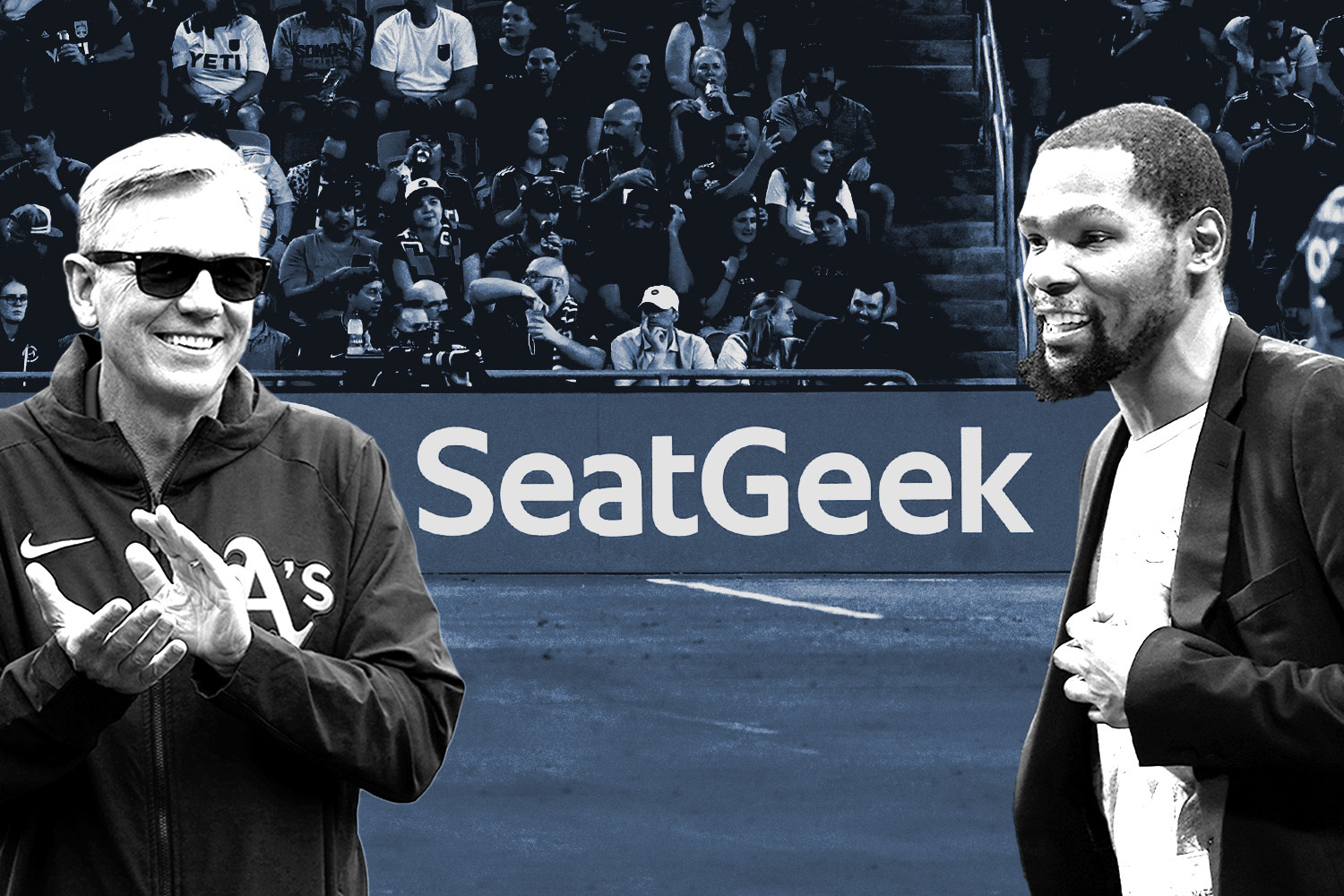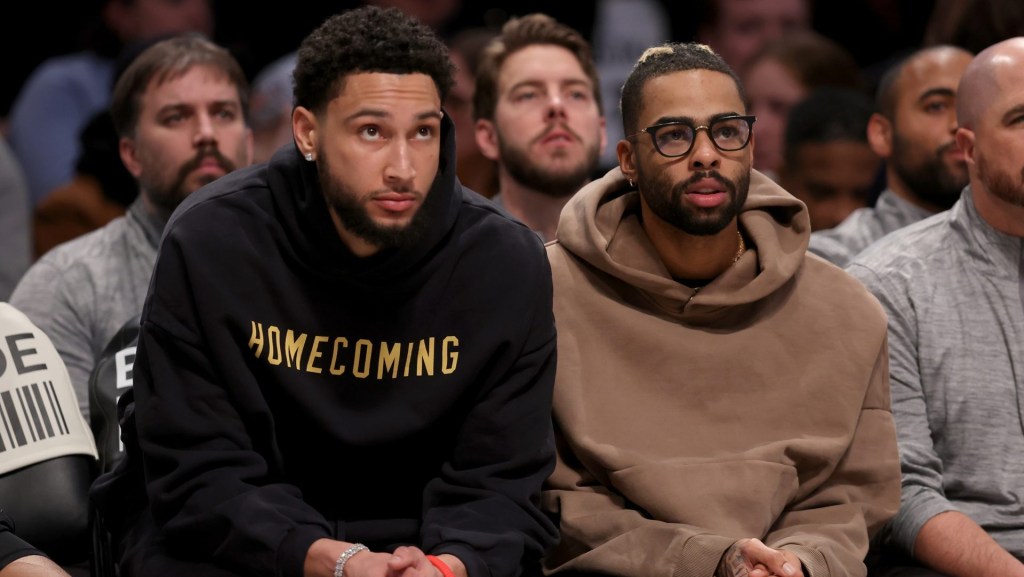SeatGeek announced Wednesday that it’s reached a definitive agreement to go public via SPAC. Its public markets partner? RedBall Acquisition Corp.
The combined entity will be valued at $1.35 billion and the transaction comes on the heels of Milwaukee Bucks co-owner and hedge fund manager Jamie Dinan announcing his $250 million SPAC — Iconic Sports Acquisition. Sports SPACs are back.
The SeatGeek deal marks the culmination of a tumultuous 12 months for RedBall.
In early 2021, the SPAC saw its proposed merger with Fenway Sports Group fall through as the market was unable to support a merger valuing the group at $8 billion. Ultimately, the deal — which would have required RedBall CEO Gerry Cardinale’s PE firm (RedBird Capital) to raise an additional $950 million of outside capital — could not garner enough institutional investor backing.
Today, however, is a new day.
RedBall has (knock on wood) found its match in SeatGeek, curiously enough, just as another live events marketplace, Vivid Seats, comes to market.
The merger should provide meaningful value to SeatGeek as RedBall brings immense industry and operational experience to the table, but enough with conjecture — let’s dive into the numbers.
Deal Structure
Here’s how we reach that $1.35 billion number:
- Existing SeatGeek equity rollover: $1.28 billion
- Cash from RedBall SPAC: $575 million
- PIPE: $100 million
- RedBall sponsor promote: $62 million
- Pro forma cash on SeatGeek’s balance sheet: $669 million (subtracted off the total value of the deal)
What does this all mean?
The existing equity rollover is just what it sounds like: Existing investors will retain their ownership in the company and have their shares valued at the $10 initial share price.
Next is the cash held in trust by RedBall. Remember back to August 2020 when RedBall priced its IPO? Well, this is where the cash in trust comes from. The initial offering of $575 million (57.5 million shares at $10/share) was held in a trust only to be used in a deSPAC (a.k.a. a merger) or for returning capital to investors if RedBall was unable to find a partner.
Next is the PIPE or “private investment in public equity.” The $100 million PIPE will be used to support the transaction and will be funded by private institutional investors — in this case Kevin Durant, Accel, and Utah Jazz owner Ryan Smith — who get exclusive access to purchase shares in a public company at a below market price. PIPE financing gives investors an opportunity to generate outsized returns relative to what they would receive in the broader public markets because of their entry price point. Think of it like getting early access to Supreme drop.
SPAC sponsors are compensated with an additional allocation of shares known as a “promote” for sponsoring the SPAC — special compensation for taking a company from private to public. The promote received by sponsors is similar to the transaction fees collected by investment banks in other private market deals. However, in a SPAC, the sponsor typically receives 20% of the shares of the SPAC for only a small investment. In this case, $62 million worth of shares.
Last is the pro forma net cash on the balance sheet. This amount is subtracted from the total value of the deal to reach the $1.35 billion that you see in the news. The $669 million figure is determined by combining the company’s existing cash with the proceeds raised from the SPAC and PIPE. Cash is netted off from the final valuation because in any subsequent acquisition scenario, cash from the balance sheet would simply be used to pay for acquisition costs and thus would be considered “double counted.”
So, those are the numbers. The question now is simple — is this a good investment for RedBall?
SPAC Market
While early 2021 felt like something of a SPAC renaissance, the second half of 2021 has definitely seen a slowed pace. According to data from SPACtracker, there have 460 SPAC IPOs to date in 2021 with 298 of those coming in Q1 alone. The number of SPAC mergers year-to-date is 227 with 94 in Q1.
With that said, it seems as though the angst from April has subsided and the markets are back to relative stability. The market, while maybe not chomping at the bit for a transaction, should be able to support this one.
The SeatGeek Investment
SeatGeek has had a rough past 18 months.
Companies that relied heavily on in-person events suffered greatly during the pandemic and financials released in the company’s investor presentation confirm that narrative.
- Revenue dropped from $142 million in 2019 to $33 million in 2020.
- EBITDA and profitability turned negative during the same period.
From a financial standpoint, SeatGeek does not compare favorably to another market incumbent — at least currently. Vivid Seats, which went public via SPAC with John Boehly’s Horizon Acquisition Group in April, boasts higher revenues and remained profitable through the pandemic. Furthermore, the company is projected to grow to approximately $3 billion while SeatGeek will reach $1.2 billion by 2025.
Still, there are reasons to be optimistic about the acquisition. SeatGeek boasts the highest net promoter score (a measurement of a company’s loyalty and satisfaction) among its peers while offering in-stadium experiences and holding primary ticketing inventories from teams. According to the presentation, tickets sold from primary inventories have a 50% higher conversion rate than non-primary sales. The company has had success with younger demographics as well, boasting a 36% Gen Z customer base while its competitors average 17% penetration with the same demographic.
The company has also been increasing its market share year over year since 2017, jumping from 5% to 12% of a market that is anticipated to be valued at $126 billion globally in 2022. This coupled with the company’s (albeit aggressive) growth projections of 161% YoY growth for 2022 and 52% through 2025 bodes well for its aspirations to not only increase market share, but also reinvest into new technologies such as blockchain.
Final Verdict
On a standalone basis, SeatGeek looks like a strong SPAC candidate with growth potential. Unfortunately, the availability of public market comparables provides context that paints a slightly more complicated picture for the ticketing company.
To me, revenue breakevens and a lack of profitability don’t necessarily spell doom for SeatGeek. In fact, given their technology stack and inventories from enterprise partnerships, I believe their growth projections to more than $1 billion in revenue by 2025 to be entirely believable.
But until we can guarantee a normalized schedule for live events, I will be patiently watching from the sidelines.

















